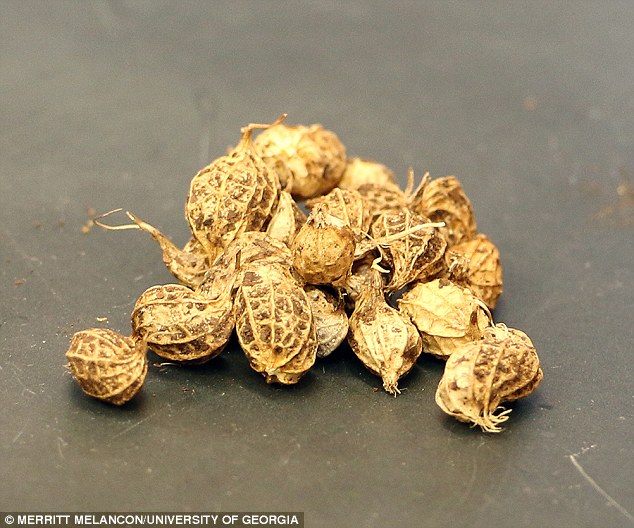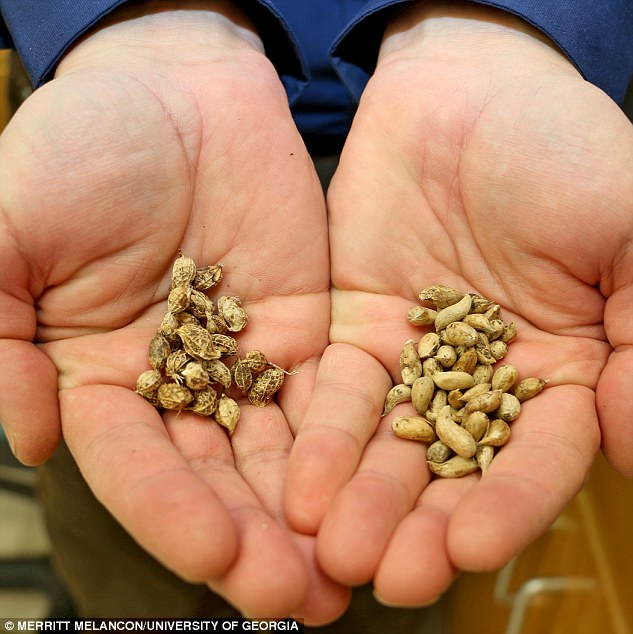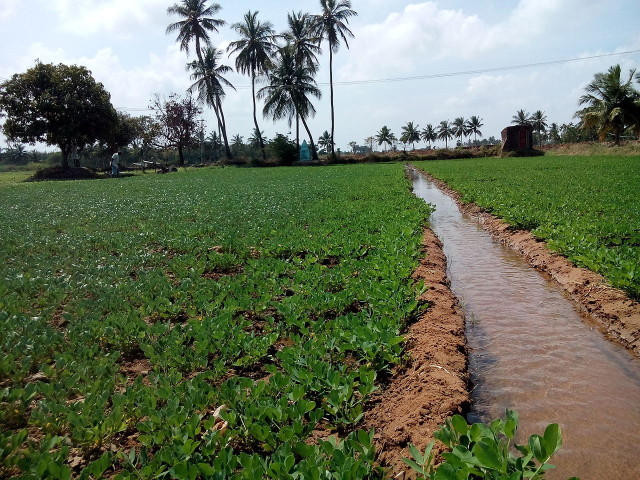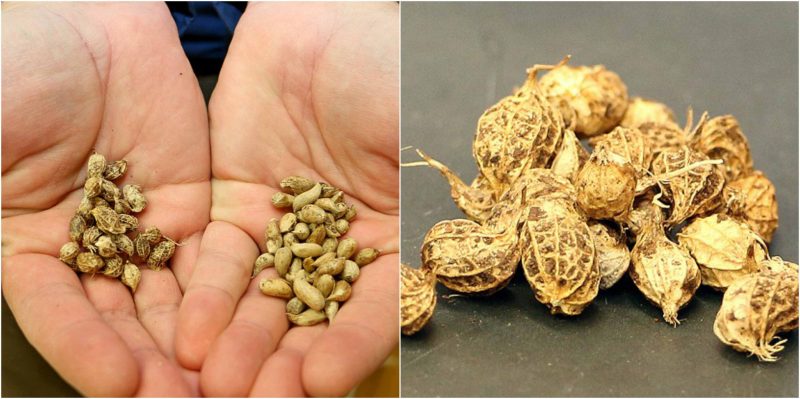A vast majority of us are simply ignorant of the fact that a large number of fruits, vegetables and other edibles we relish these days have not always been this fine-looking and flavoursome, some of them didn’t even exist in the past. Thanks to modern technology our spectrum of choice when it comes to food have widened many folds and is likely to expand even further.

An astonishing discovery about a wild plant first discovered in 1970, is now forcing the researchers to rewrite the biological history of peanuts.
The newly discovered plant is almost a perfect match to an ancient wild plant which was used to create peanuts. The origin of the plant could be traced back to ancient Bolivian region. Researchers are now calling the discovered plant a ‘prehistoric relic’ of the ancient species that gave birth to modern peanuts. The peanuts found abundantly in our houses and supermarkets are in fact the hybrid product of two wild species. The birth of the modern peanuts has been traced back to ancient South Americans, mainly in Bolivia, who by selection merged the two species together to form the peanut.

The findings came out when a group of researchers from the University of Georgia in collaboration with IPGI (International Peanut Genome Initiative), compared the DNA of the modern peanut with the ancient wild species. After analysing the comparisons of the DNA sequences of the cultivated peanuts and wild species, researchers found out that the two species are 99.96% identical. One of the geneticists working on the project expressed his astonishment by saying that the discovery came as a blissful surprise and they felt as if they had all travelled back in time to witness the birth of modern peanuts from the ancient wild species.

The journey of the remarkable discovery started in 1971 when a group of botanists found the peanut’s ancestral species called A. Ipaensis. From the very start, the whole affair was surprising since the population of the particular species was relatively small and very hard to find. The closest relative of the species was also spotted growing a few hundred miles apart, which made it hard for the researchers to find the missing ‘link’ between the two. After a painstaking process of matching the lengthy botanical records, coupled with the knowledge of hunter-gatherers DNA samples and seasonal movement, they made the conclusion that most certainly humans were involved in bringing the two species together to form earlier forms of modern peanuts. Some 10,000 years ago, ancient South Americans decided to experiment with the two wild species to make a hybrid known simply as peanuts.
